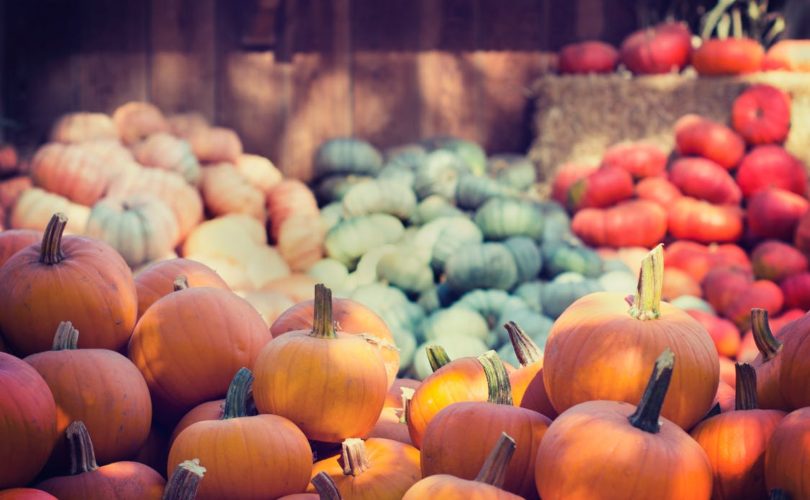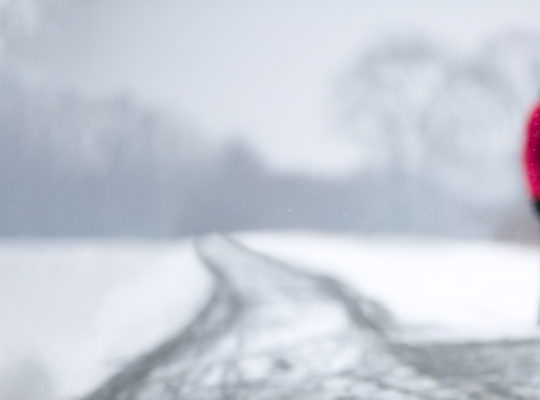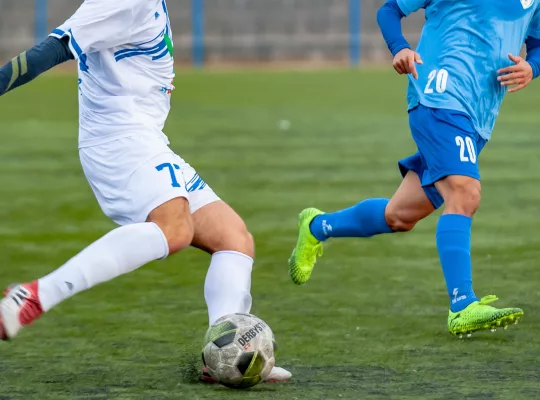Halloween is a fun-filled time of year for both parents and children, but in most cases, children aren’t aware of the risks that come with venturing out to trick-or-treat. We pulled together some tips from our previous posts (here and here) and added some fresh tips on how everyone can stay safe and enjoy the holiday.
Preparation
Many steps can be taken before even leaving the house to help lower the risks associated with Halloween.
One of the highlights of Halloween prep is Jack-O-Lantern carving. Making sure that children carve with adult supervision can avoid serious lacerations (here’s how to take care of a cut) and minimize the chances of any unnecessary knife use. Painting pumpkins is a good decorating alternative to carving in the case of younger children. Candle placement and lighting can also lead to minor burns and should be done by a responsible adult with a long-reach lighter. Using a glow-stick or a fake candle is a good way to substitute a real flame.
Make sure that childrens costumes are properly fitted, to avoid any falls and/or vision impairment in the case of masks. This is especially important if your route includes busier intersections (or crossing the streets at all). Integrating reflective tape into either their costumes, or affixing it to their candy container helps them to be seen by vehicles and other trick or treaters. If possible, stick to lighter colored costumes and avoid black.
Trick or Treating
In the US, peak Trick-or-Treating hours are between 5:30 pm and 9:30 pm. Due to this, drivers tend to be more cautious if they are out. Trick or Treating beyond these hours poses risks of drivers being less vigilant about paying attention for trick-or-treaters.
Planning a trick-or-treating route is one way to ensure a safer night. Taking into account how far your child can walk, where crosswalks and stoplights are located (NEVER cross where a crosswalk is not designated, especially not on Halloween), and staying within neighborhoods without busy streets can help you formulate a surefire route. Make sure that kids (and adults) are paying attention while crossing the street.
If you’re unable to trick or treat with your child, choosing a designated supervisor or hiring a babysitter to walk with them is also a way to be sure that they are taking measures to stay safe. Always travel in groups of 3 or more. Establishing ICE (In Case of Emergency) best practices for both the children and the supervisor can avoid a frantic reaction to an emergency. It also helps to educate everyone on potential risks. Having a designated meeting place on route or in the neighborhood (I.E., specific crossroads, a mailbox, a streetlight) in the case of separation also helps to keep track of where everyone is.
Recommended Supplies
While most of the cautionary decisions come from proper planning and knowledge of the risks, there are some great supplies that can enhance safety:
- A Flashlight. This is a must have for both Trick or Treaters and supervisors. Wielding a flashlight with a strong beam helps you keep a head count on the kids, and helps them see anything they might trip over in the rush from house to house. If they feel like a flashlight could “cramp their style”, suggesting that they carry a Glow Stick is a great alternative.
- Hand Warmers. It can get cold at the end of October (at least in Rochester, NY, where we are based) and bringing hand warmers along can help you stay comfortable (and hopefully prevent you from getting cold enough to get sick). Handing out Mini First Aid KIts also helps prevent snot stains on costume sleeves.
- A First Aid Kit. We offer many styles of portable First Aid Kits, ranging from a Fanny Pack to a one you can slip in your back pocket. You never know what could happen, and you can be prepared by having basic First Aid Supplies and knowledge on how to treat minor injuries. Shop our First Aid Kits here.
- A whistle. In the worst case scenario, a whistle can help to notify people of danger or that you are in trouble. Equipping everyone in your group with a whistle (for emergencies only) will help ensure that they will be heard in case they need help.
- Hand sanitizer. Who knows what they will get into going from house to house? Hand sanitizer will help kill germs until you get home and can wash hands properly.
Checking Candy
Checking candy before your children dig in is important. Any open packages should be disposed of, as well as anything with pinholes or other suspicious wrappers. Be sure to check all pieces.
Removing any candies that could pose serious risk of choking (depending on the childs age) is also important. Knowing how to perform the Heimlich and other Choking First Aid is important as well.
Following these tips will help you have a Safe and Happy Halloween!



